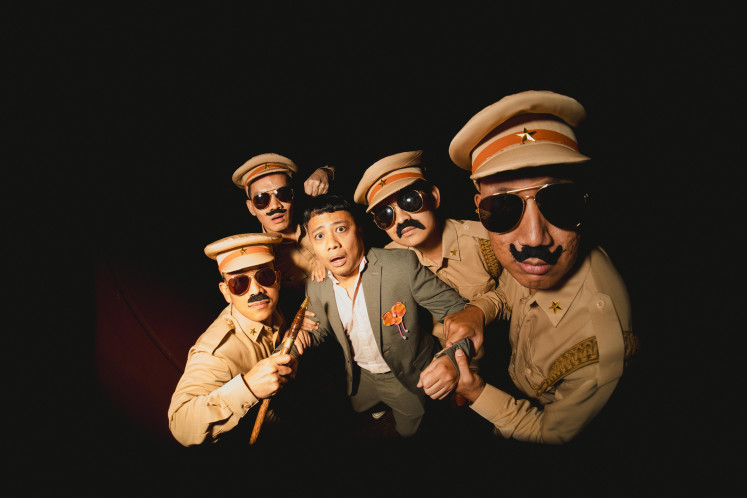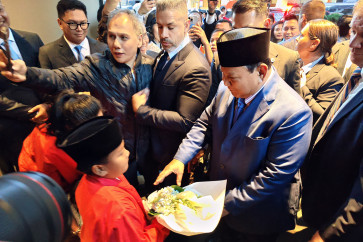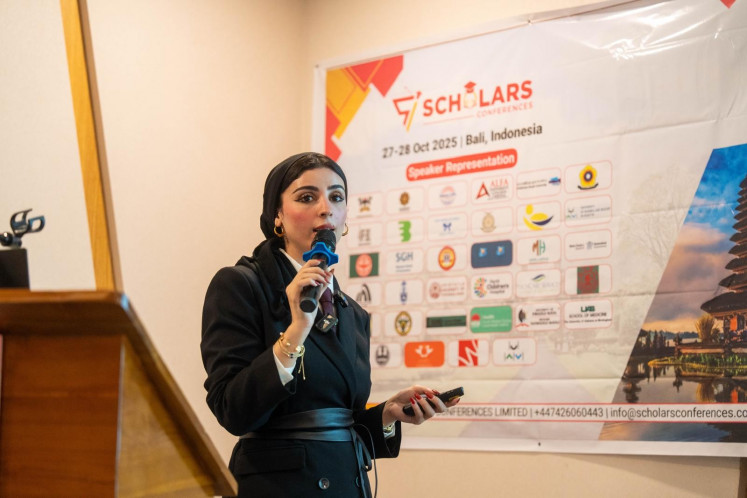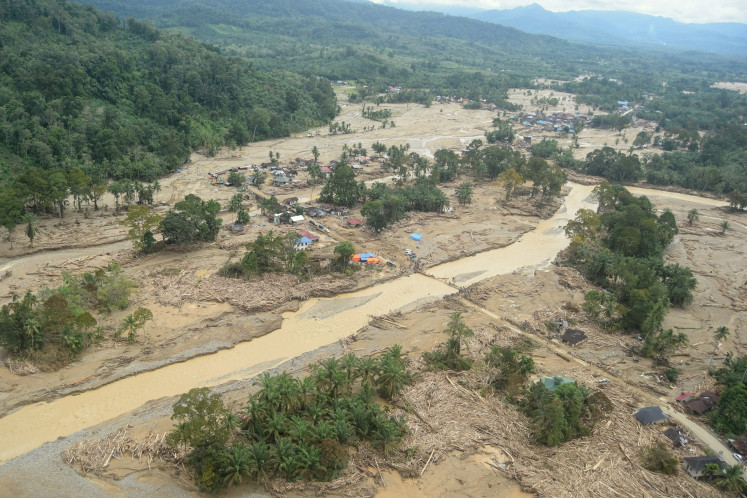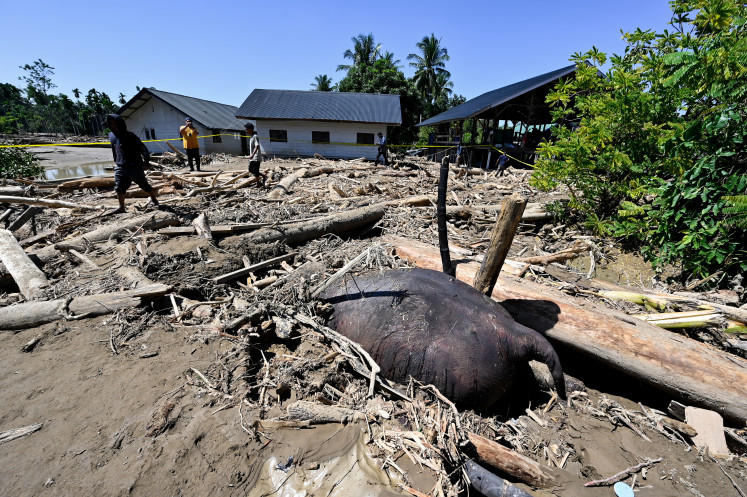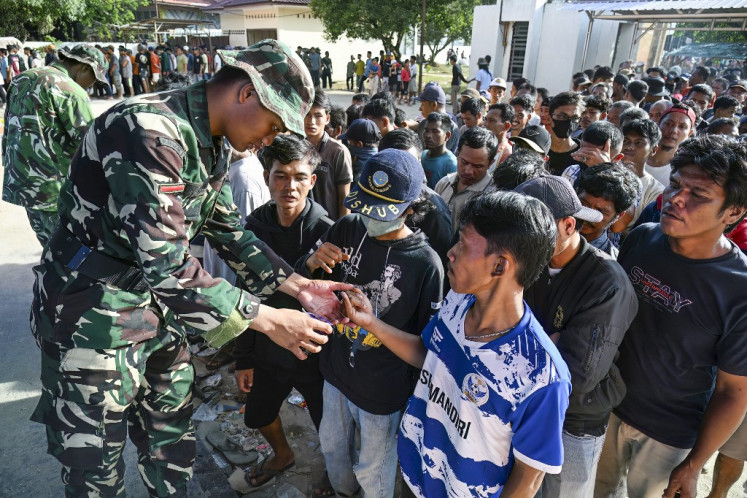Popular Reads
Top Results
Can't find what you're looking for?
View all search resultsPopular Reads
Top Results
Can't find what you're looking for?
View all search resultsResearchers training in Hawaii to simulate Mars mission
Change text size
Gift Premium Articles
to Anyone
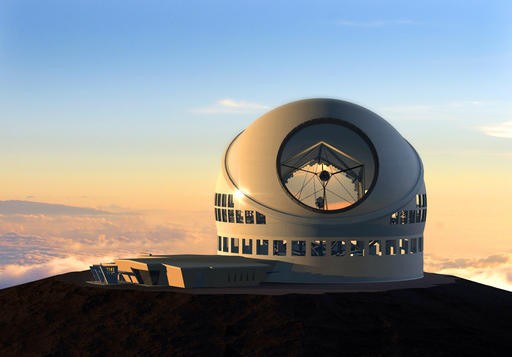 This undated file artist rendering made available by the TMT Observatory Corporation shows the proposed Thirty Meter Telescope, planned to be built atop Mauna Kea, a large dormant volcano in Hilo on the Big Island of Hawaii in Hawaii. The $1.4 billion project to build one of the world's largest telescopes is up against intense protests by Native Hawaiians and others who say building it on the Big Island's Mauna Kea mountain will desecrate sacred land. (TMT Observatory Corporation via AP/-)
This undated file artist rendering made available by the TMT Observatory Corporation shows the proposed Thirty Meter Telescope, planned to be built atop Mauna Kea, a large dormant volcano in Hilo on the Big Island of Hawaii in Hawaii. The $1.4 billion project to build one of the world's largest telescopes is up against intense protests by Native Hawaiians and others who say building it on the Big Island's Mauna Kea mountain will desecrate sacred land. (TMT Observatory Corporation via AP/-)
S
cientists will mix biology and geology this month inside Hawaii Volcanoes National Park as they help NASA get ready for an eventual manned mission to Mars.
The researchers will hike around Mauna Ulu to practice collecting rock samples as they would on the Red Planet, The Hawaii Tribune-Herald (http://bit.ly/2fku86J) reported Friday.
The purpose is to develop protocols that would be used on a real Mars mission to identify and protect samples that could host life.
One of the concerns is contamination of rocks that might be home to living bacteria, said John Hamilton, an astronomy faculty member at the University of Hawaii at Hilo.
"Really, the whole reason of going to Mars is to see if there's life there," he said.
"There's a lot of great geology. But are we alone?"
(Read also: SpaceX's Elon Musk elaborates on plan to colonize Mars)
The project is known as BASALT — or Biologic Analog Science Associated with Lava Terrains.
Hamilton said NASA selected Hawaii, along with the Snake River plain in Idaho, as research sites because they both host volcanic terrain similar to Mars.
The NASA grant is administered through the University of Hawaii-Hilo. The Pacific International Space Center for Exploration Systems also is a partner.
Hamilton said no spacesuits will be used with this project, though a "mission control" is being set up at Kilauea Military Camp. As many as 20 UH-Hilo students will assist the team.
Communication with researchers in the field will be placed on time delays of five or 20 minutes to simulate an actual mission, he said.

